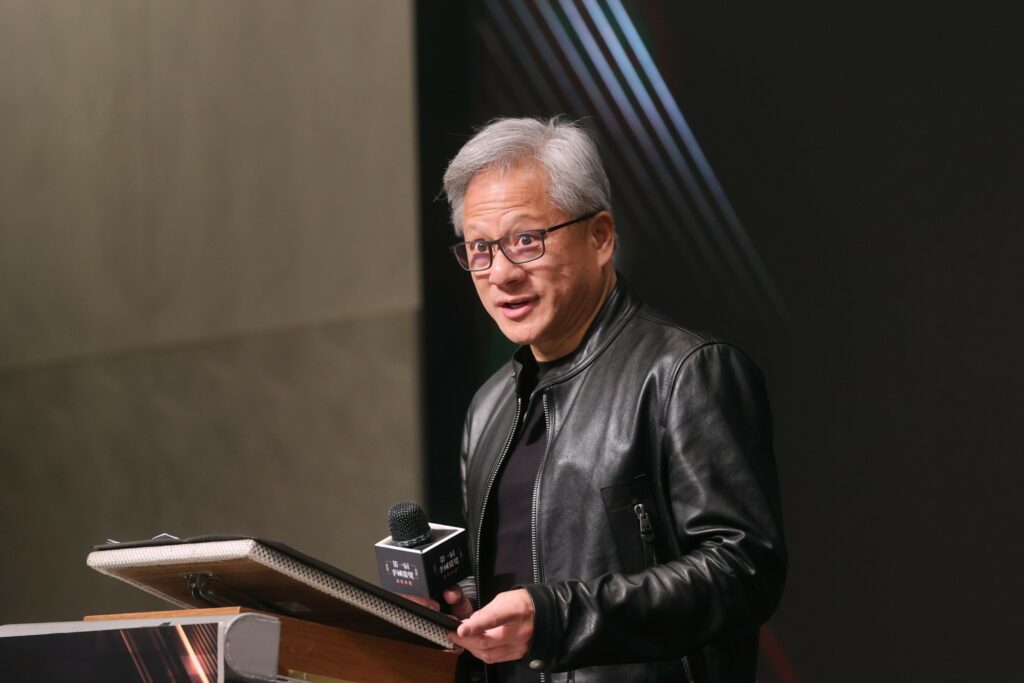
Jen-Hsun Huang dropped a bombshell: Nvidia has reportedly invested $1 billion in Nokia. Yes, Nokia is the company that made Symbian phones so popular 20 years ago.
In his speech, Jensen Huang said that telecommunications networks are undergoing a profound transformation, moving from traditional architectures to native AI-based systems, and Nvidia’s investment will accelerate this process.
Therefore, Nvidia, through its investment, is collaborating with Nokia to create an AI platform for 6G networks, enhancing traditional RAN networks with AI.
The specific form of the investment is that Nvidia will subscribe for approximately 166 million new Nokia shares at a price of $6.01 per share, which will give Nvidia a stake of approximately 2.9% in Nokia.
Upon the announcement of the partnership, Nokia’s share price rose 21 percent, its biggest gain since 2013.
RAN stands for Radio Access Network, while AI-RAN is a new network architecture that directly integrates AI-based processing capabilities into wireless base stations. Traditional RAN systems are primarily responsible for data transmission between base stations and mobile devices, while AI-RAN adds edge computing and intelligent processing capabilities.
This enables base stations to apply AI algorithms to optimize spectrum utilization and energy efficiency, improve overall network performance, and leverage unused RAN resources to host edge AI services, creating new revenue streams for operators.
Operators can run AI applications directly at the base station, without having to send all the data to the central data center for processing, significantly reducing network load.
Huang gave an example: nearly 50% of ChatGPT users log in via mobile devices. Furthermore, ChatGPT has over 40 million monthly downloads from mobile devices. In an era of exponential growth in AI applications, traditional RAN systems are unable to handle generative AI and agent-based mobile networks.
AI-RAN, by providing distributed AI inference capabilities, enables faster responses from future AI applications, such as intelligent agents and chatbots. At the same time, AI-RAN prepares for integrated sensing and communication applications in the 6G era.
Huang cited a forecast from analytics firm Omdia that the RAN market will grow to over $200 billion by 2030, with AI-RAN being the fastest-growing segment.
In a joint statement, Nokia President and CEO Justin Hotard said the partnership will make AI data centers accessible to everyone, enabling a fundamental redesign from 5G to 6G.
He specifically mentioned that Nokia is collaborating with three different types of companies: Nvidia, Dell, and T-Mobile. T-Mobile, one of the first partners, will begin field trials of the AI-RAN technology in 2026 , focusing on verifying performance and efficiency improvements.
Justin said these tests will provide valuable data for 6G innovation, helping operators build intelligent networks that adapt to the needs of artificial intelligence.
Based on AI-RAN, NVIDIA has released a new product called Aerial RAN Computer Pro (ARC-Pro), a 6G-ready accelerated computing platform. Its core hardware configuration includes two types of NVIDIA GPUs: Grace CPU and Blackwell GPU.
Follow us on Google News to receive daily updates on cybersecurity. Contact us if you would like to report news, insights or content for publication.
